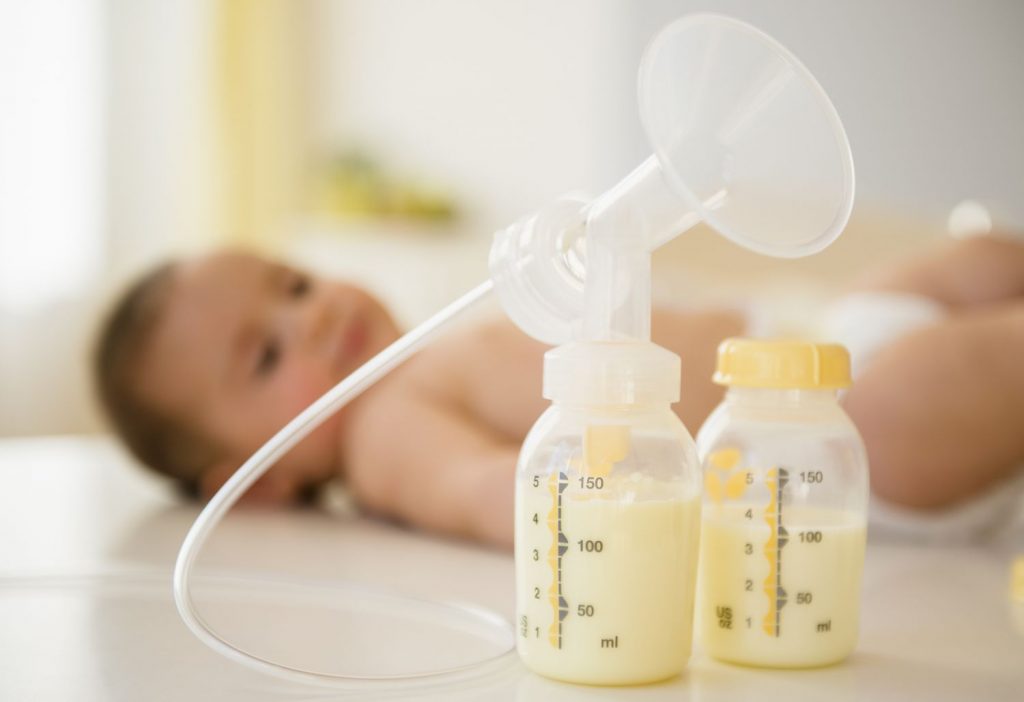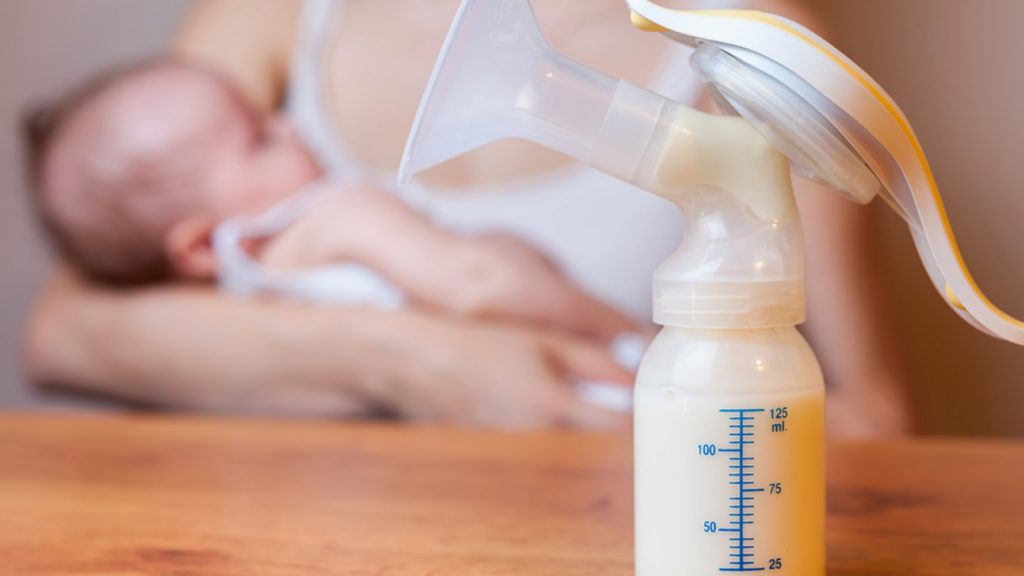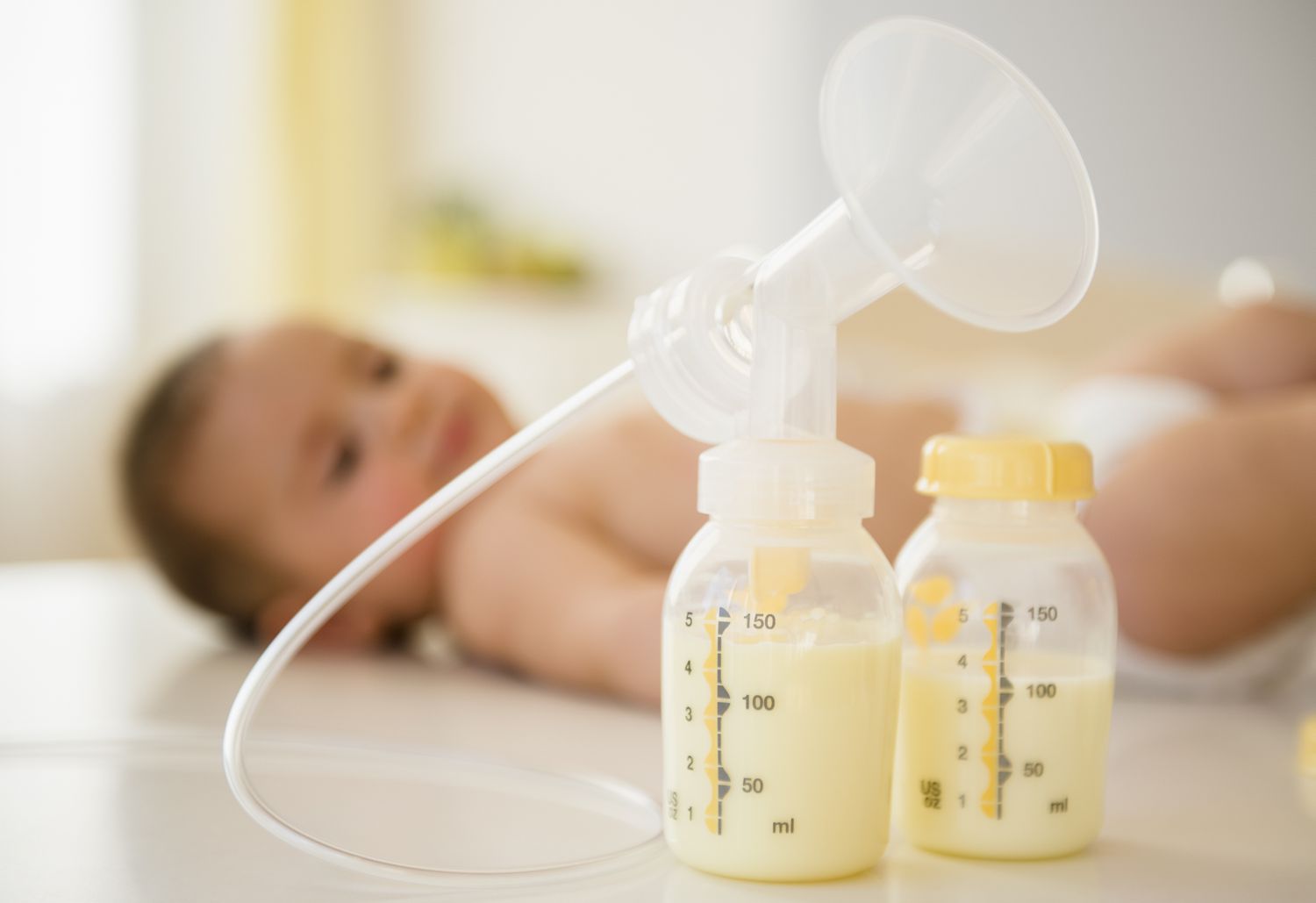It’s common for new mothers to worry about not having enough milk for their babies. That’s why many use the method of breast pumping. That said, a breast pump consists of a pump, a flange, valves, connectors, backflow protectors, tubing, and bottles.
The flange is the part placed on the breast, and that’s how the pump comes in contact with the body. Therefore, many mums may ask how to measure for flange size for proper and effective suction. For that matter, read this simple article and learn all the essential information.

How to Measure for Flange Size
So, how to measure for flange size? The short answer to this common question is to measure your nipple. To do that, you will need a measuring tape. Next, measure the diameter of your nipple and write it down in millimeters. You should only measure the nipple, not the areola. The areola refers to the larger part around your nipple.
After that, you only have to select the appropriate flange size based on those measurements.
When going shopping, look for a flange that fits your measurement. What’s more, you can also fit in a flange size that is up to three millimeters larger than your original measurement. For instance, if you are a flange size of 20 millimeters, then you can also fit in 23 millimeters. Moreover, if you measure up to 23 millimeters, then you can fit in a 26-millimeters flange size too, and so on.
If you don’t find the size you are looking for, don’t worry. In that case, just choose the next closest size to your measurement. Continue to read and learn how to know if you have picked the right size.
Check if the flange size is right for you
As I mentioned, sometimes the manufacturer may not offer every flange size. In some other cases, you may have taken the wrong measurements. Therefore, you can easily check if the flange size you have purchased is appropriate for you.
Your flange must fit easily around your breast. Or else, if you don’t feel comfortable, then you have the wrong flange size.
Only your nipple and/or a small part of your areola should enter the pumping tunnel. In addition to this, the nipple shouldn’t rub against the tunnel’s side. Therefore, with the right flange size, your nipple should move freely. After you finish pumping, your breasts should feel soft and emptied. Besides, the milk supply will either stay the same or improve; that’s an indication of proper usage of the product as well.
If the flange is the right size for you, then you will feel comfortable, and you shouldn’t experience any pain during pumping. So to pick the right flange size, measure properly. If you can’t do it with measuring tape, grab a ruler. Continue to read why the correct flange size matters a lot.
Read more: How to Use a Manual Breast Pump

Why is the right flange size important?
The right flange size is important to maximize your milk production. If the flange size is too large for your nipple, it may not properly empty your whole breast. That can lead to a lower milk supply.
Conversely, the flange size can also be too small for your breast. In that case, the flange could restrict the function of your breast tissue. This can contribute to clogging the milk ducts. So there will be an obstruction of the milk flow.
So, inappropriate flange sizes can make you uncomfortable, and breast pumping can be painful. It could lead to breast injuries. So to avoid all this, ensure you correctly measure your nipple and purchase the right flange for you.
Lastly, if you have bought a breast pump with the wrong flange size, then you can change only the flange. What’s essential, if you are planning on changing only that part, then make sure it’s from the same manufacturer as the breast pump. I say this because every manufacturer is different. So if you purchase a flange from a brand different from your breast pump, it most likely won’t fit.
Is the flange necessary?
As I mentioned, the flange is the part that connects the breast pump with your body. It sucks the nipple into the pumping tunnel. Then the flange forms a vacuum seal. This way, it creates a proper suction to draw out milk. Therefore, the flange is a necessary component of the breast pump.
What’s more, this cone-shaped part comes in different sizes. The common flange size range varies between 21 to 36 millimeters. In addition, depending on the model, the flange could also be made of plastic, silicone, or glass.
Equally important, I must mention that you should replace the flange and the other parts of the breast pump every 90 days. This is because if the parts are worn out, they can contribute to a low milk supply.
So when purchasing a breast pump, these are some of the factors you must take into account. Typically the price of a breast pump varies between $50 to $400. So the price of a flange is usually lower than $50. Generally, the flange and the breast pump should be practical and of excellent quality.
Also read: How to Sit When Pumping Breast Milk
Conclusion
Proper flange size is crucial for successful pumping. To find the right size for you, start by measuring the diameter of your nipple. Then, buy a size up to three millimeters larger.
In addition, you might be allowed to check if the flange is right for you. To do that, simply put it on and see how you feel. If you feel pain and discomfort, then you must purchase a different size. What you should remember is that over time your breasts can change, so regularly check the nipple size and the flange size.








